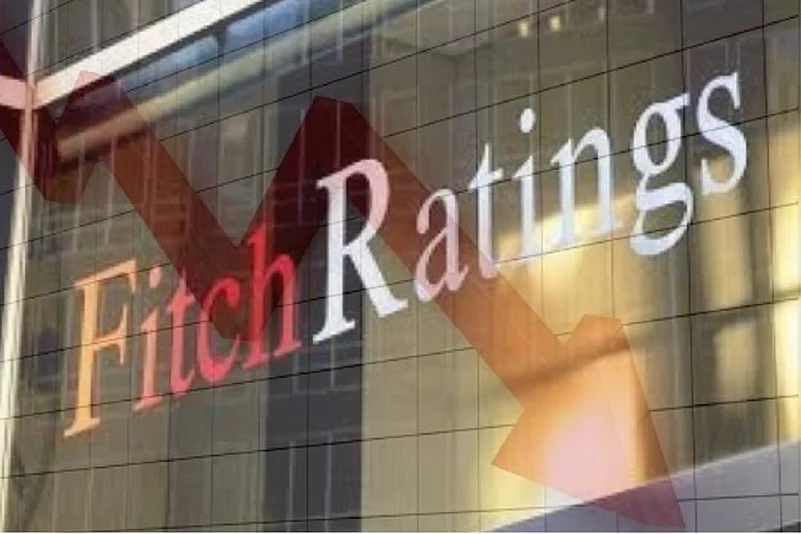Fitch Ratings on Tuesday affirmed India’s Long-Term Foreign-Currency Issuer Default Rating (IDR) at 'BBB-'. Predicting a stable outlook for India, Fitch Ratings also released a full list of key rating drivers that indicated a robust and strong medium-term growth.
Fitch Ratings’ affirmation of a ‘BBB-‘ was a reflection of India’s robust growth outlook compared to peers. It also added, “These are offset by India's weak public finances, illustrated by high deficits and debt relative to peers, as well as lagging structural indicators, including World Bank governance indicators and GDP per capita.”
In the latest report, like many analysts, Fitch Ratings also mentions that the Indian economy is relatively insulated from the gloomy global outlook of 2023. Attributing this to a “modest reliance on external demand,” the ratings also added that it expects consumption growth to moderate as pent-up demand fades.
Advertisement
Coming to the concerning high fiscal deficit, Fitch Ratings mentioned, “We expect the deficit to fall slightly to 9.6% of GDP in FY23 ('BBB' median: 4.1%) from 9.8% in FY22. For the central government, we expect modest fiscal slippage in FY23 with a deficit of 6.6% of GDP (including disinvestment) relative the 6.4% budget target.” All this has been reasoned to higher food and fertiliser subsidies.
As far as inflation is concerned, Fitch Ratings has said that even though inflation peaked, now it has eased. It added that headline inflation fell to 5.9 per cent in November, just within the Reserve Bank of India's (RBI) 2-6 per cent target band due to a massive fall in food prices. However, core inflation still remains “sticky” at around 6 per cent and market mood is around the US Federal Reserve (Fed) rate hikes is also expected to remain volatile.















 Just one email a week
Just one email a week